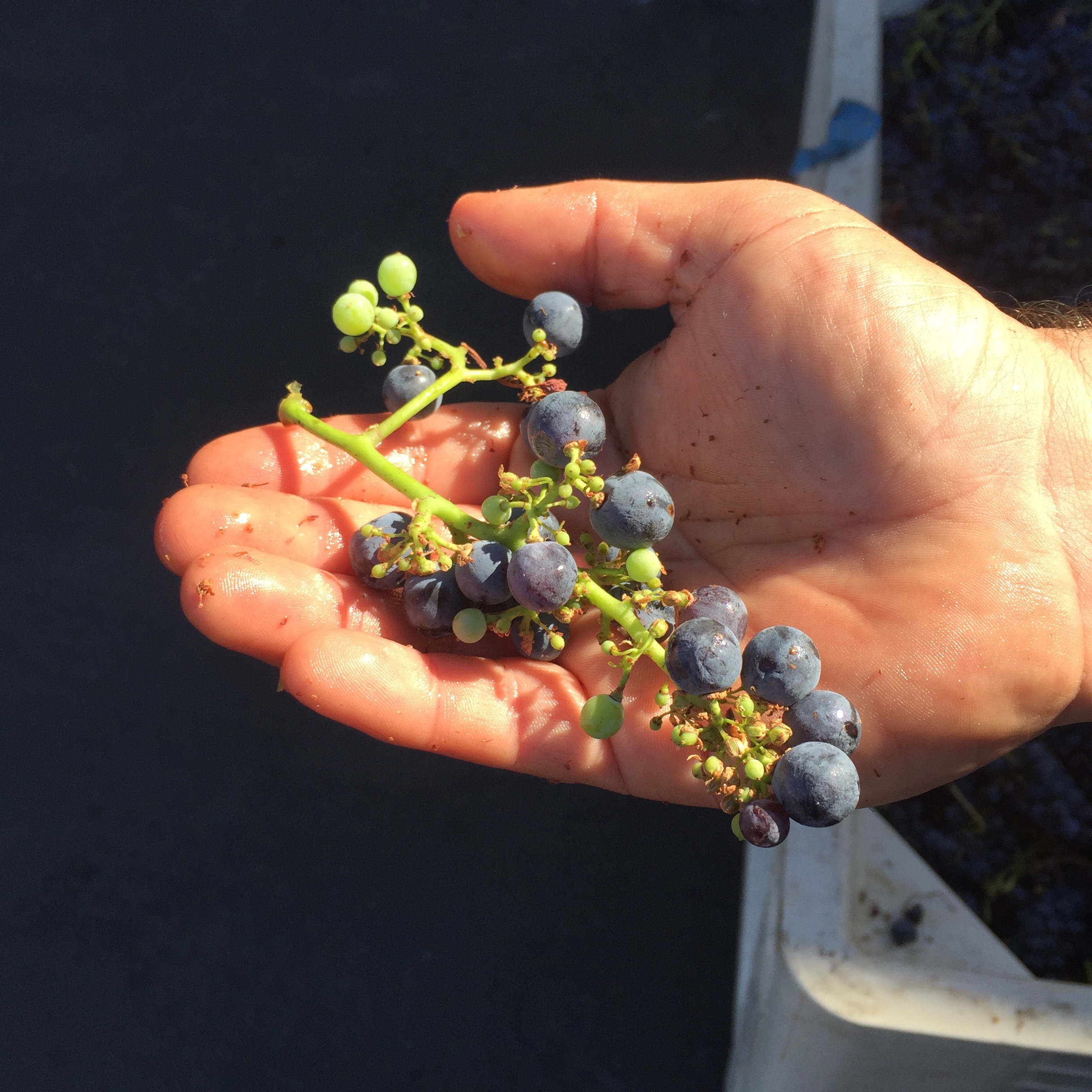What the 2015 Grape Crush Report Means for Livermore Valley Wineries

Each year the California Department of Food and Agriculture publishes the Grape Crush Report. This report tabulates the California grape harvest in terms of total tonnage, price, and sugar concentration by cultivar and reporting district. The report should be required reading for anyone interested in growing and making wine.
Last week, California released the preliminary crush report for the 2015 harvest. Crop yields were down statewide. The severity of crop decline depended on the region, with the worst declines (29%) being in the coastal regions, including Napa, Sonoma, and Livermore Valley.
The 2015 Livermore Valley wine harvest saw total tonnage declining 21% from the year previous. White wine cultivars led this decline, falling by 27%, while red wine cultivars fell 17%. Yields of Chardonnay and Sauvignon Blanc declined by 33% from 2014, similar to declines observed in Sonoma and Russian River. Yields of Cabernet Sauvignon decreased by 24%, Merlot and Syrah by 22%, and Cabernet Franc, Pinot Noir, and Malvasia Bianca fell an astounding 50 – 60%.
The decline in yields was not draught related, but due to poor fruit set last May (see my September 1, 2015 blog post). There were significantly fewer grapes per cluster (photograph), which decreased yields. Not all news was bad, since smaller crop loads increased the intensity of the fruit and gave Valley winemakers an opportunity to craft some exceptional wines from the vintage.
So, what does this mean going forward? I can’t speak for other wineries, but at Occasio it means significant decreases in some of our favorite wines. Significant shortages in our 2015 white wines are already impacting our plans for their release. For instance, our Rosé, crafted from Pinot Noir, was in such short supply that we had to allocate it to members only. We had looked forward to releasing it to the general public in May, but it is now sold out. Our popular Malvasia Bianca is in such short supply that we cannot include it in a club shipment; instead, we will release it into the tasting room in March. Sauvignon Blanc and Chardonnay are the only 2015 white wines that we have an adequate supply of to allow for both club shipment and tasting room sales, although our yields on both of these varietals are down 30% from last year.
Looking forward two years from now, when we anticipate releasing out red wines from this vintage, supply will be adequate with one exception: Cabernet Sauvignon. Unfortunately, our flagship Cabernet Sauvignon suffered from such poor yields in 2015 that we will have to slow down our release of the prior vintage to insure adequate supplies in the tasting room.
Shortages normally would allow wineries to increase prices, at least to cover the costs of regulatory and tax burdens that have piled on in the past several years. However, I don’t see price increases in Livermore near term. I view Livermore, based upon its lack of name recognition, as being fairly valued at current pricing. Where Napa and Sonoma have global reputations, Livermore remains unknown outside our Valley. In addition, Livermore faces severe competition from foreign imports as well as the new generation’s penchant for wines priced in the $25 range. This is good news for the consumer.


